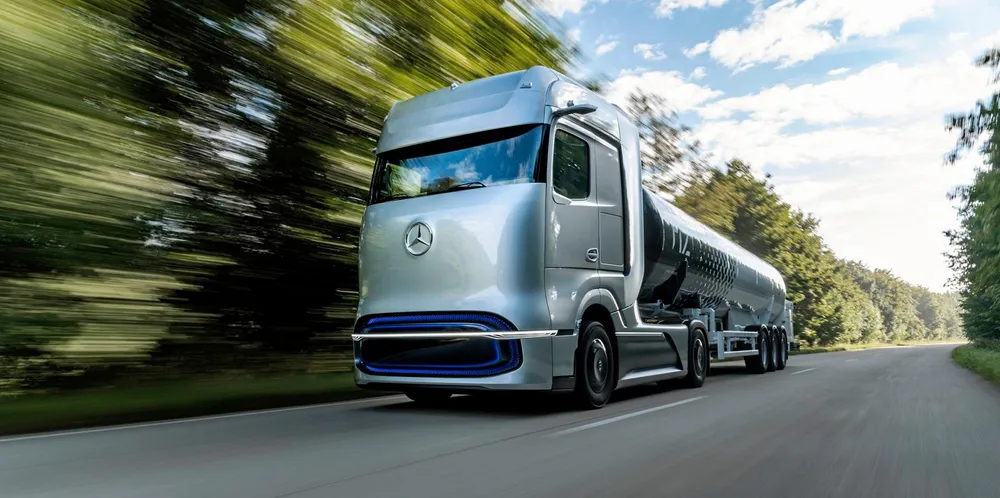Shell, Volvo and Daimler join forces to commercialise hydrogen trucking in Europe
Austrian oil company OMV and Italy's Iveco also part of the H2Accelerate collaboration, which aims to 'create the conditions for the mass-market roll-out' of fuel-cell heavy goods vehicles
